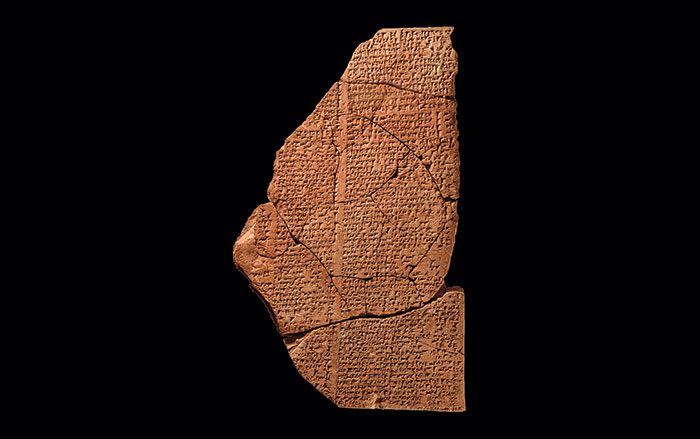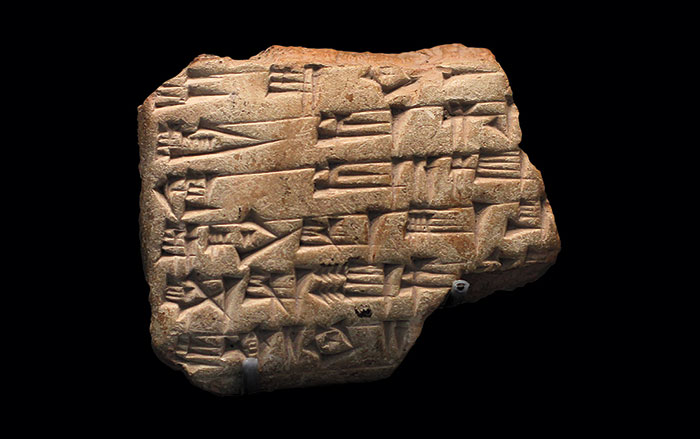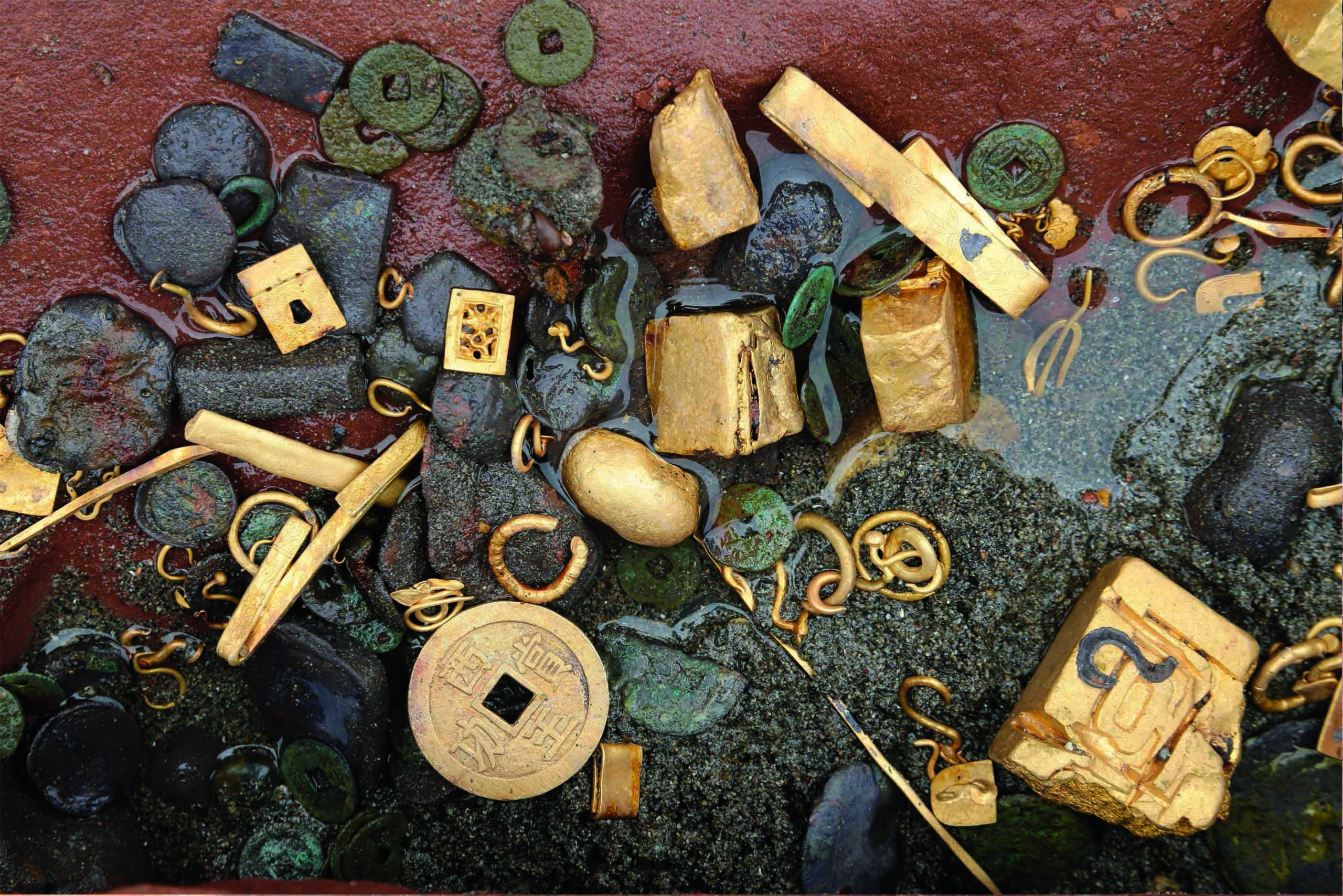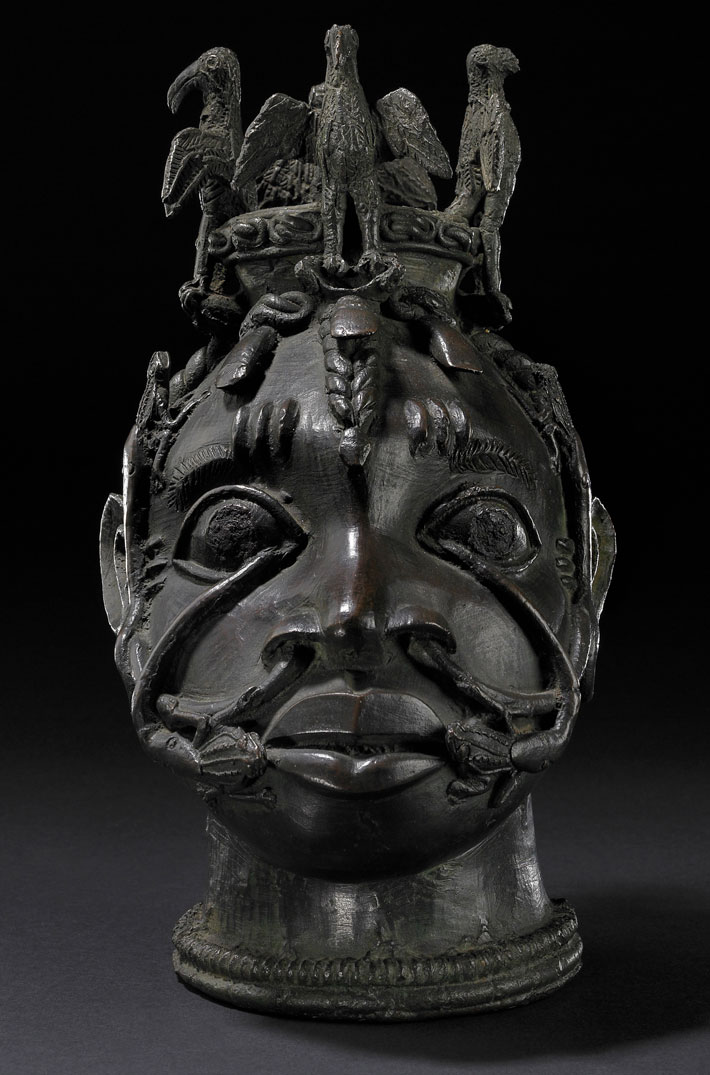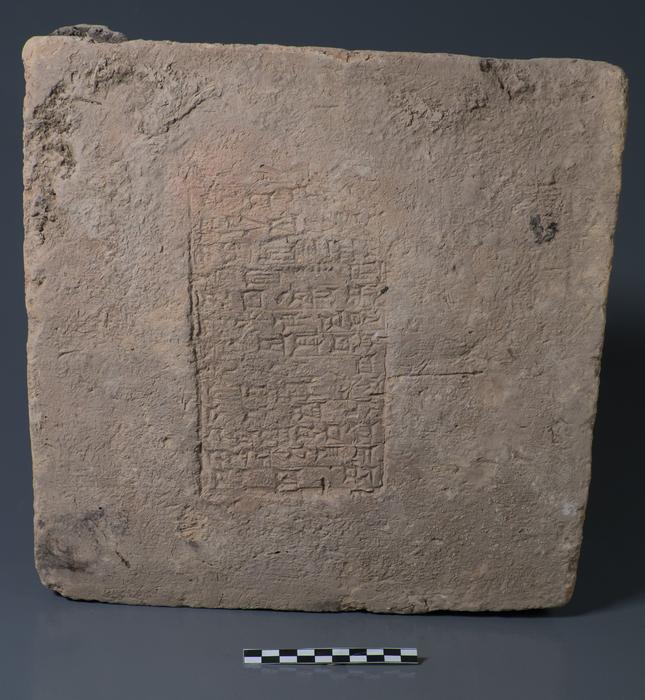
WICHITA, KANSAS—Cosmos Magazine reports that an international team of researchers led by Matthew Howland of Wichita State University has created a way to date inorganic materials using “archaeomagnetism,” or signatures of the Earth’s magnetic field recorded in the iron oxide grains embedded within fired objects. To do so, the researchers recorded the magnetic signature in iron oxides from 32 clay bricks recovered from Mesopotamian archaeological sites. Because each of the bricks had been inscribed with the name of the reigning king at the time it was fired, the researchers were able to create a map tracking the changes in the Earth’s magnetic field over time. “By comparing ancient artifacts to what we know about ancient conditions of the magnetic field, we can estimate the dates of any artifacts that were heated up in ancient times,” Howland explained. The scientists were also able to confirm a period of high magnetic intensity that occurred in what is now Iraq between 1050 and 550 B.C., and they discovered a swift magnetic change during the reign of Nebuchadnezzar II, between 604 and 562 B.C. For more on Mesopotamia, go to "The Last King of Babylon."


